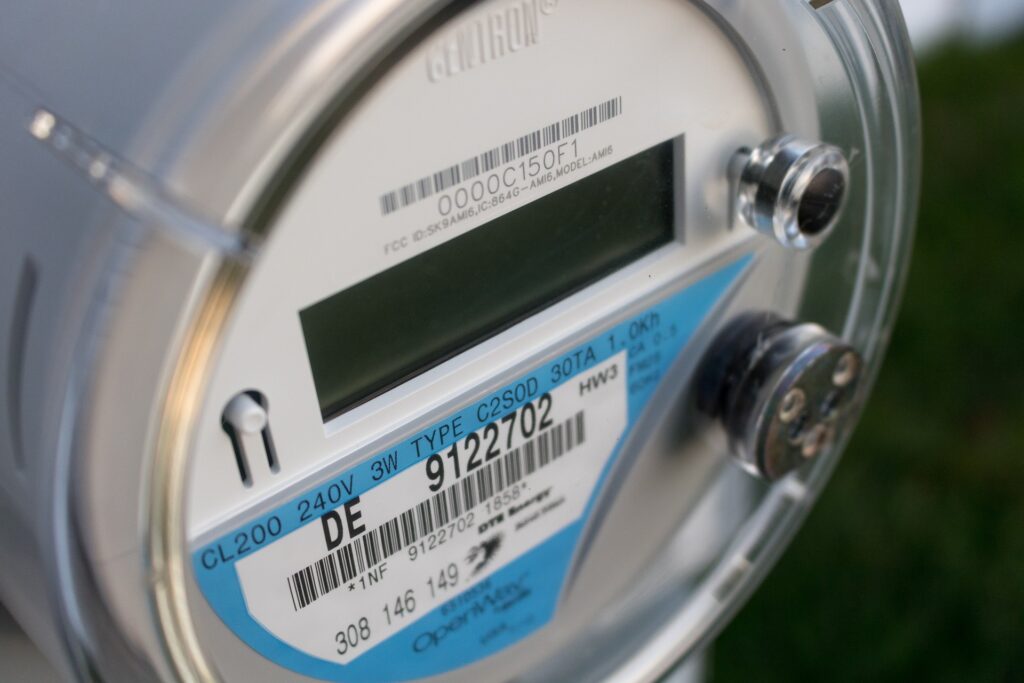The COVID-19 pandemic threw utility costs and demand for a loop. According to the U.S. Energy Information Administration’s (EIA) Annual Energy Outlook 2021 (AEO2021), the United States will likely take years to return to 2019 levels of energy consumption after such a major hit to the U.S. economy and global energy sector.
“It will take a while for the energy sector to get to its new ‘normal,’” said EIA Acting Administrator Stephen Nalley. “The pandemic triggered a historic energy demand shock that led to lower greenhouse gas emissions, decreases in energy production, and sometimes volatile commodity prices in 2020. The pace of economic recovery, advances in technology, changes in trade flows, and energy incentives will determine how the United States produces and consumes energy in the future.”
So, how can we expect utility costs and demand to trend in the coming months and years, especially now that COVID-19 lockdowns are largely over in the United States? Read on for EnergyWatch’s take.
5 Predictions for Utility Costs and Energy Demand
According to the AEO202, here’s what we can expect to see:
- Returning to 2019 levels of U.S. energy demand will take years. The EIA projects that total U.S. energy demand will return to 2019 levels by 2025. However, that projection depends largely on the pace of U.S. economic recovery. In the case of slow economic growth, energy consumption might not return to 2019 levels until as late as 2050. And as demand rises, expect utility costs to rise as well.
- Renewable energy incentives and falling technology costs support a (cheap!) transition away from fossil fuels. Renewable electric generating technologies are projected to account for almost 60% of the capacity additions from 2020 to 2050, and EIA projects that renewables’ share of the electricity generation mix will more than double by 2050. Meanwhile, the natural gas share will remain relatively flat at 36%, and the coal and nuclear shares will both fall by about half. This is good news for utility costs: With renewable technologies now cheaper than ever, going green can save your company some green.
And according to this article published by the Elsevier Public Health Emergency Collection, here’s some more trends to watch:
- The peak time for electricity demand will remain different for some time (compared to pre-pandemic). For example, peak times pre-pandemic occurred in the latter week (Wednesday to Friday), whilst that of post-pandemic was observed in the earlier week (Monday to Tuesday).
- In addition, the energy demand in the regular morning peak time (when people normally went into the office) also declined during the pandemic and will likely remain later in the day as people continue to work from home into the fall months.
- Eager investment companies and the anxious/panic psychology of population may collectively stimulate more global energy demand. For example, sales in the automotive industry shrank extensively following lockdown measures. However, a surge of car consumption was widely observed after lockdown were lifted. Many people prefer to use private cars to avoid public transportation, which does not provide the best social distancing.
How Will All This Effect Your Company, Organization, or Facility?
If your company is still using fossil fuels like coal or natural gas, expect utility costs to climb as lockdowns lift post-pandemic. If your company has already switched to procuring renewable energy (or is thinking about it), the decreasing cost of renewable energy will show up on your utility bills. And be sure to monitor peak times to prevent extra charges to your utility bills! Peak load charges can make up 30% of bills.
Got Questions?
Curious about anything we covered here? Ask us any questions on LinkedIn, Facebook, Instagram, or Twitter!
 Top Sustainability Trends to Watch in 2025
Top Sustainability Trends to Watch in 2025

 Log In
Log In








